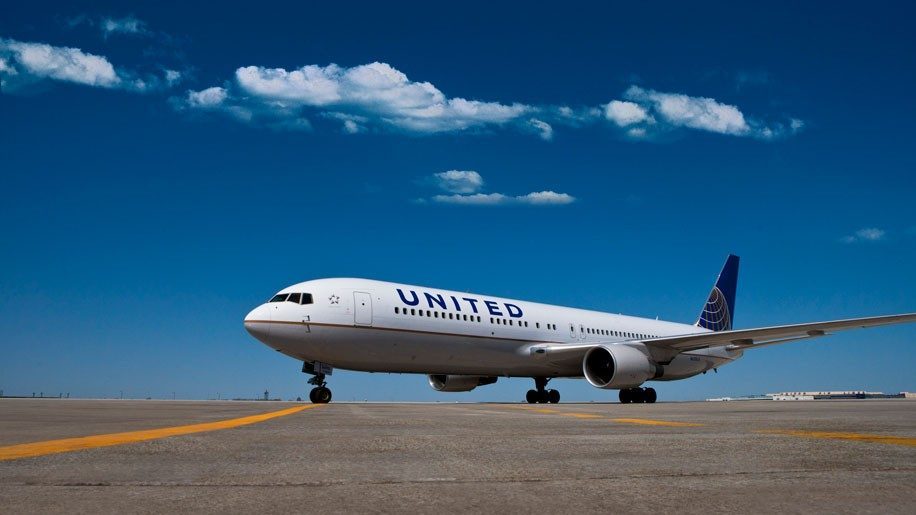
The US Department of Transportation (DOT) has issued its largest ever fine for tarmac delay violations to United Airlines.
DOT has fined United $1.9 million following “An extensive investigation by the Department’s Office of Aviation Consumer Protection”.
The Department found that between December 2015 and February 2021 the carrier “allowed twenty domestic flights and five international flights at various airports throughout the United States to remain on the tarmac for a lengthy period of time without providing passengers an opportunity to deplane”.
DOT said that the tarmac delays affected a total of 3,218 passengers over the period.
Rules state that airlines operating aircraft with 30 or more passenger seats are prohibited from allowing their international flights to remain on the tarmac for more than four hours at US airports (three hours for domestic flights) without giving customers an opportunity to leave the plane.
They also require airlines “to provide adequate food and water, ensure that lavatories are working and, if necessary, provide medical attention to passengers during long tarmac delays”.
Alongside the fine, United Airline was ordered “to cease and desist from future similar violations”.
In response to the order the carrier said that it is “committed to full compliance with the Department’s lengthy tarmac delay laws”, and noted that “ultimately only 25 out of nearly eight million flights operated by United and its United Express partners during that time have been determined by the Department to warrant enforcement action”.
The airline also stated that “safety is always its first priority, and the vast majority of flights in this consent order were diversions due to severe weather at the destination airport or en route to the destination”.
United also said that since 2015, “it has made substantial improvements and investments in its management of diversions”.
The carrier highlighted that it has implemented a diversion monitoring system available to its Network Operations Center personnel “that identifies all available airports for a flight impacted by weather, including which airports have the appropriate facilities for that particular type of aircraft; identifies all relevant ground equipment; and tracks how many other aircraft are seeking to divert to that location in real time”.












